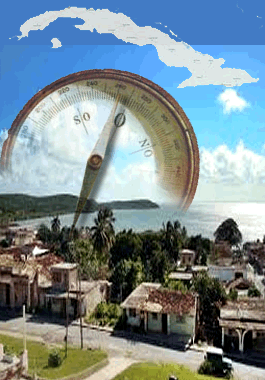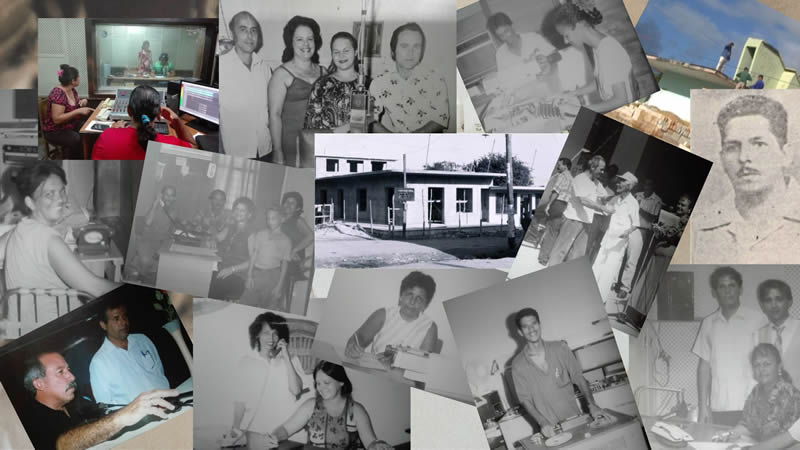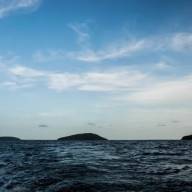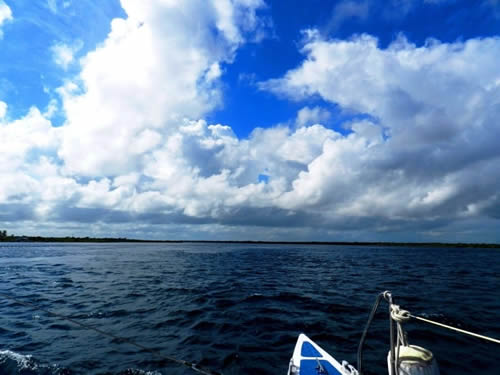 Sept, 2024.-Cayo Sabinal, a very peaceful site in the north of the Cuban province of Camagüey, surprises visitors with the natural beauty of its beautiful beaches and more than 30 wetlands, including temporary and permanent wetlands.
Sept, 2024.-Cayo Sabinal, a very peaceful site in the north of the Cuban province of Camagüey, surprises visitors with the natural beauty of its beautiful beaches and more than 30 wetlands, including temporary and permanent wetlands.
It has an area of 335 square kilometers and is located to the west of Nuevitas Bay, very close to it; east of Cayo Guajaba and Gloria Bay, and also very close to Santa Lucía beach, the main destination in the province of Camagüey.
Bathed by the waters of the Atlantic Ocean, in the seas of this marvelous area of the Caribbean geography you can observe different vessels navigating through the Old Bahamas Channel or the Carabelas Channel.
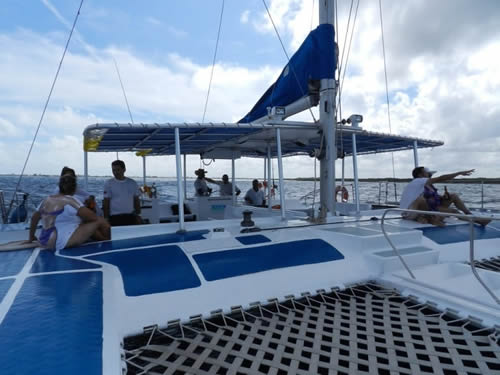
It is also called Sabinal Island, and is separated from the mainland by estuaries, bays and inlets. It owes its name to the sabina, a kind of sandalwood or juniper that grows there.
From the beautiful beaches of this cay, which belongs to the Jardines del Rey archipelago, you can embark on a maritime excursion to the Columbus Lighthouse, which since 1847 has been a guide point for ships navigating the Bahamas Channel.
From the air you can see a paradise of cays, generally flat and irregularly shaped, composed of swamps and lagoons. The prestigious American writer Ernest Hemingway used to sail these seas with his yacht Pilar.
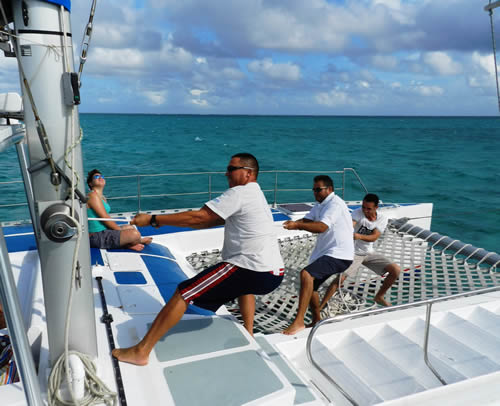
The Sabinal peninsula, with other islets of the Jardines del Rey, is the setting for the novel Islas en el Golfo. A few miles from there, the author of Old Man and the Sea used to drop anchor at Punta de Maternillos.
There is evidence of the presence of the Fort of San Hilario, used as a tower and barracks for the Spanish troops and artillery.
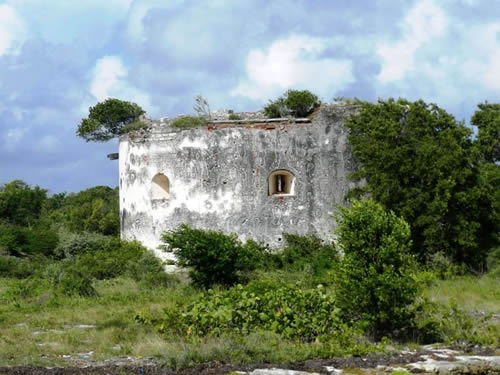
According to researchers, the castle served as a prison for the Military Class since it was built in 1831.
The Cuban Encyclopedia states that the islet is full of "legends of corsairs and pirates who inhabited the area during their looting and smuggling adventures, therefore, in 1831 the Fort was built to serve as a tower and barracks for the Spanish troops and artillery in charge of protecting the Sabana-Camagüey cay.
San Hilario "was the scene of the only Carlist uprising in Cuba. Located at the highest point of Sabinal, the fort is still standing and is another tourist attraction.
"In 1847, the Columbus Lighthouse was installed at Punta de Maternillos, an observation point from which the Old Bahamas Channel was under control, essential for warning the captain of the Port of Nuevitas and San Hilario of any attack or anomaly.
The lighthouse, active, is one of the oldest in Cuba. "As a result of the many naval battles perpetrated in the area, important sunken ships abound in the depths of its seas, such as the Nuestra Señora de Alta Gracia, the Mortera and the Pizarro, which are true submerged treasures.
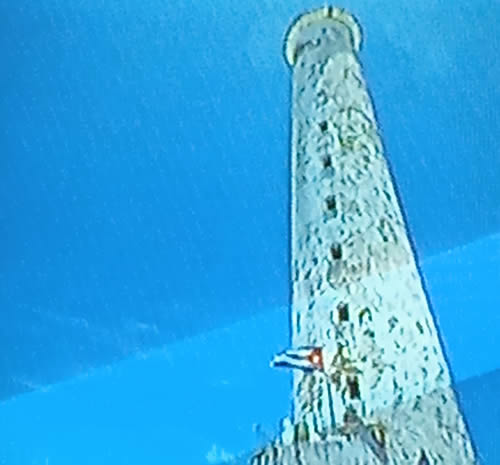
It was also in Sabinal where the Nobel Prize winner, Ernest Hemingway, personally participated in the search and hunt for German submarines during World War II, besides loving its waters because of its richness for fishing aboard his yacht Pilar".
The cay’s vegetation is composed of trees of atejes, llanas, sabina, sabicú, oak, acana, yaya, jiquí, cedar and guayacán (typical of this type of ecosystem, adapted to withstand strong sun conditions).
Amazingly, cassava, sugar cane, tobacco, corn, banana, melon and pumpkin can be grown.
According to researcher Idanis Pedroso Borrero, there are "different types of forests, which in total occupy 60% of the area of the cays.
The great variety of existing habitats conditions a wide diversity of flora and fauna, which harbors a high level of endemism, which places the area among the richest in biodiversity in Cuba and the Caribbean".
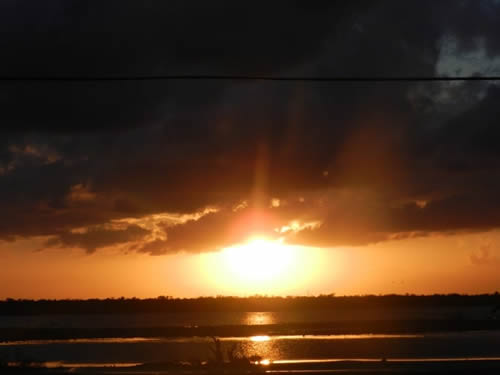
Cayo Sabinal, the third largest cay in Cuba and one of the most beautiful beach areas in the north of the province of Camagüey, has a privileged fauna in which hutias, jicoteas, deer, pigs, wild bovines and the tocororo, the national bird, coexist harmoniously; likewise, hundreds of ducks of various species migrate during the winter to reproduce in the lagoons of this extraordinary environment still unspoiled in the Caribbean.




